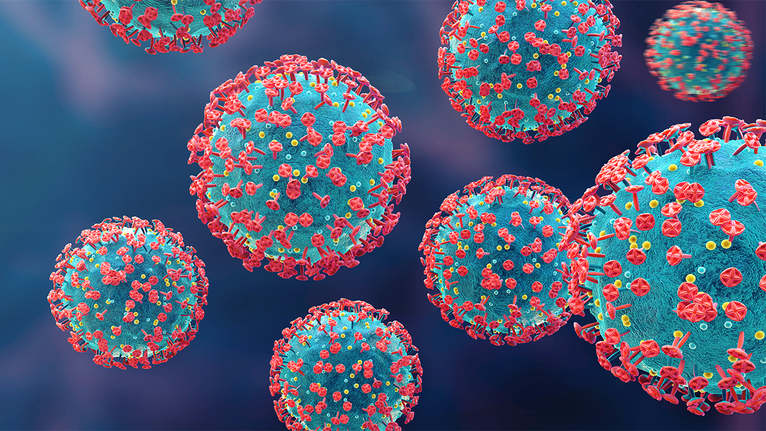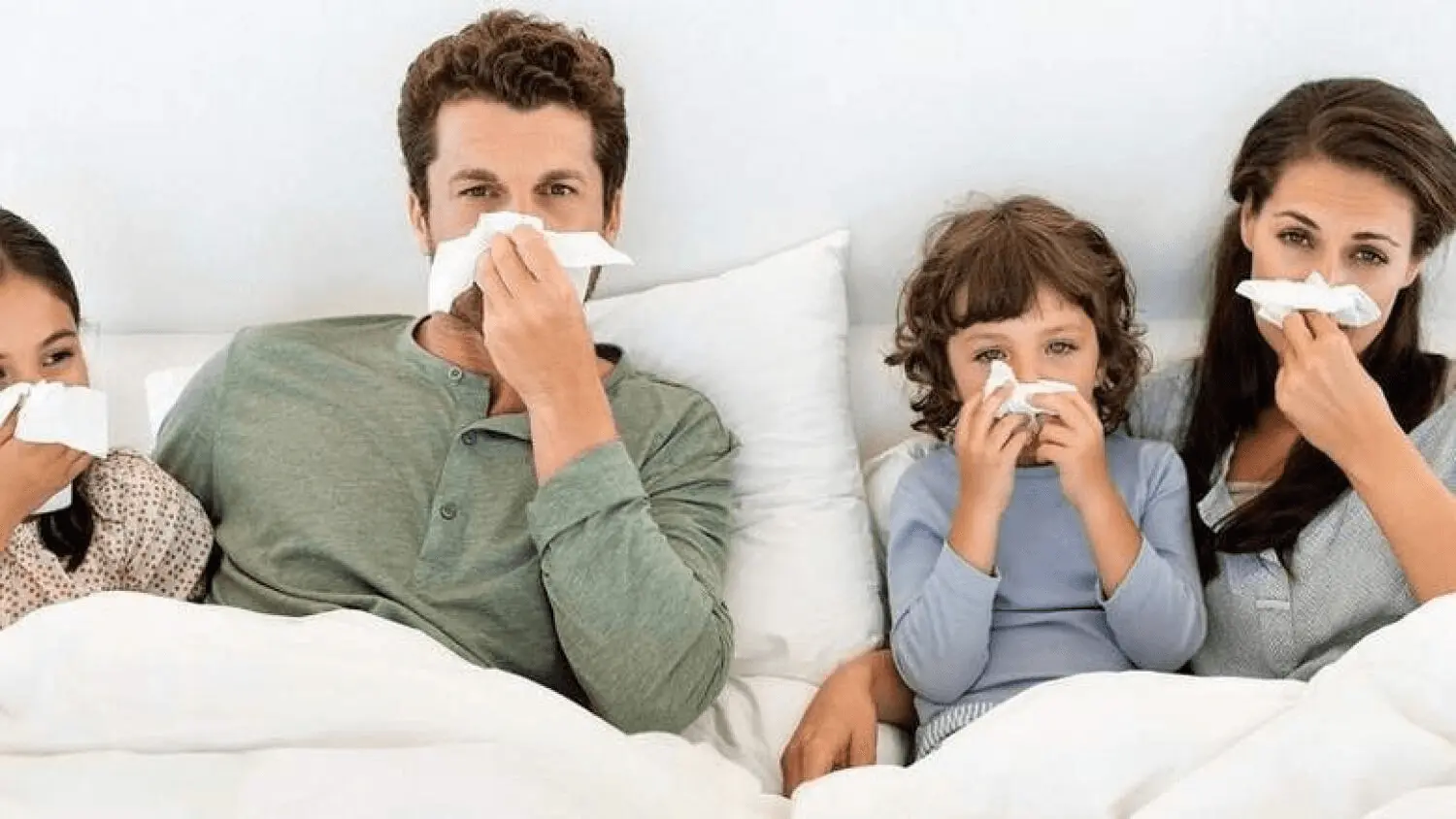New emerging viruses of 2024. How to protect yourself (Part 2)
As in the previous article, here we will continue to talk about this year’s active viruses and ways to fight against them.
Rotavirus

Rotavirus is an acute infectious disease that primarily affects the gastrointestinal tract. It mostly occurs in children under the age of 5 due to their lower stomach acidity and underdeveloped immune system. The disease can be particularly severe in children aged 3 months to 3 years.
Where and when does the virus spread?
The infection source is typically an infected individual. Transmission occurs through airborne droplets, contaminated hands, household items, toys, food, and water. The incubation period lasts 1-3 days, while the acute phase averages 3-7 days, potentially extending beyond 7 days in severe cases.
Symptoms:
- Sudden vomiting
- Fever
- Abdominal pain
- Diarrhea
- Greyish-yellow, clay-like, watery stools with a foul odor
- General weakness
- Loss of appetite
- Runny nose
- Throat redness and pain, especially when swallowing
At-risk groups:
- Children aged 3-35 months
- The elderly
- Caregivers of young children
How Can You Treat or Prevent Rotavirus?
The most effective prevention method is vaccination. In Armenia, children are vaccinated against rotavirus with two doses: the first at 6 weeks and the second at 12 weeks. Practicing good hygiene, such as frequent hand washing, is also crucial.
Self-medication during a rotavirus infection is not recommended. It is essential to contact a pediatrician and follow their advice, which may involve hospital treatment. The infection usually resolves on its own within 3-7 days. However, because rotavirus infection can cause secondary lactose intolerance, dairy products should be avoided for up to two months. During the acute phase of the illness, fresh fruits, vegetables, and meat should also be excluded from the diet.
Maintaining adequate fluid intake is critical, and antibacterial or antiviral medications are not effective for treating rotavirus.
Omicron

The Omicron subtype of COVID-19 has caused an unprecedented surge in infections worldwide. The first cases of Omicron in Armenia were registered on January 8, 2024, and the virus spread rapidly in the days that followed. It is known that compared to other COVID-19 subtypes, Omicron is characterized by higher transmissibility and primarily affects the upper respiratory tract, making it easy to confuse with seasonal flu.
Where and when does the virus spread?
Symptoms:
- Sore throat
- Runny nose
- Dry cough
- Lower back pain
At-risk groups:
- Children
- Teenagers
- People over 60 with underlying health conditions
How to treat or prevent it?
Having previously been infected with another type of coronavirus does not protect against Omicron. In South Africa, one of the earliest outbreak locations, researchers estimated that more than 70 percent of those infected with Omicron had previously contracted the coronavirus.
Experts emphasize that a booster dose of the COVID-19 vaccine is effective in protecting against Omicron.
Seasonal Flu

Seasonal flu is an acute respiratory infection caused by influenza viruses and is widespread around the world. Most people recover without treatment. The flu is easily spread between people through coughing or sneezing.
There are four types of flu viruses: A, B, C, and D. Influenza A and B viruses circulate and cause seasonal epidemics.
Where and when does the virus spread?
Each year, around one billion cases of seasonal influenza occur globally, with 3-5 million cases classified as severe. Seasonal flu spreads easily in crowded places, such as schools, public transportation, daycare centers, and other similar environments. When an infected person coughs or sneezes, droplets containing the virus are dispersed into the air and can infect nearby individuals. The virus can also spread through contaminated hands. To prevent transmission, people should cover their mouth and nose with a tissue when coughing and wash their hands regularly.
Symptoms:
- Sudden fever
- Cough (usually dry)
- Headache
- Muscle and joint pain
- Severe malaise (feeling unwell)
- Sore throat
- Runny nose
At-risk groups:
- People at greater risk of complications from the flu include pregnant women, children under 5, the elderly, those with chronic conditions (such as heart, lung, kidney, metabolic, neurodevelopmental, liver, or blood disorders), and individuals with HIV or cancer.
- Health and care workers are also at increased risk of contracting the flu due to frequent contact with patients.
How to treat or prevent it?
Most people can recover from the flu on their own. Those with severe symptoms should seek medical attention.
People with mild symptoms should:
- Stay at home to avoid infecting others
- Rest
- Drink plenty of fluids
- Treat symptoms like fever
- Seek medical help if symptoms worsen.